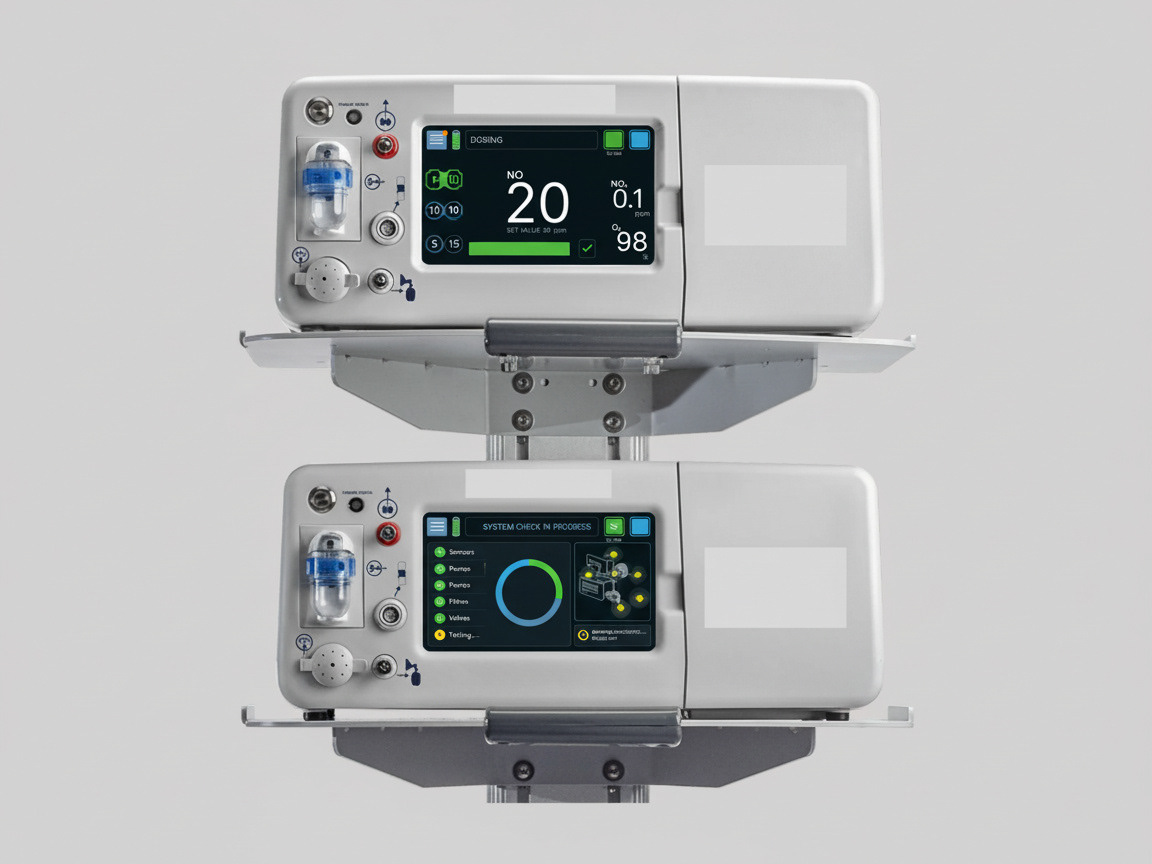
Biomedical Graphical User Interface
This project involves designing a critical, task-heavy graphical user interface for a specialised enterprise medical device used in high-stakes operational environments. The system supports precision workflows where errors, interruptions, or ambiguity can have serious downstream consequences. The work focuses on clarity, recoverability, and trust in moments of stress.
Keywords: Human Factors, Accessibility Compliance, Interaction Design for Embedded Systems, Medical Device UX


Assam State Budget Explorer
This case study explores how design research can improve public accessibility to Assam’s State Budget by addressing systemic, design, and cognitive barriers. Using ethnographic inquiry and design thinking, it focuses on understanding not just how to design, but for whom and why. Grounded in civic creativity and inspired by Sanders & Stappers’ framing of design for social innovation, the process embraces ambiguity, prioritizes stakeholder relevance, and treats legibility as a question of social meaning beyond the interface.
Keywords: Localised Data Democratisation, Participatory Governance Design, Budget Transparency, Grassroots Fiscal Education
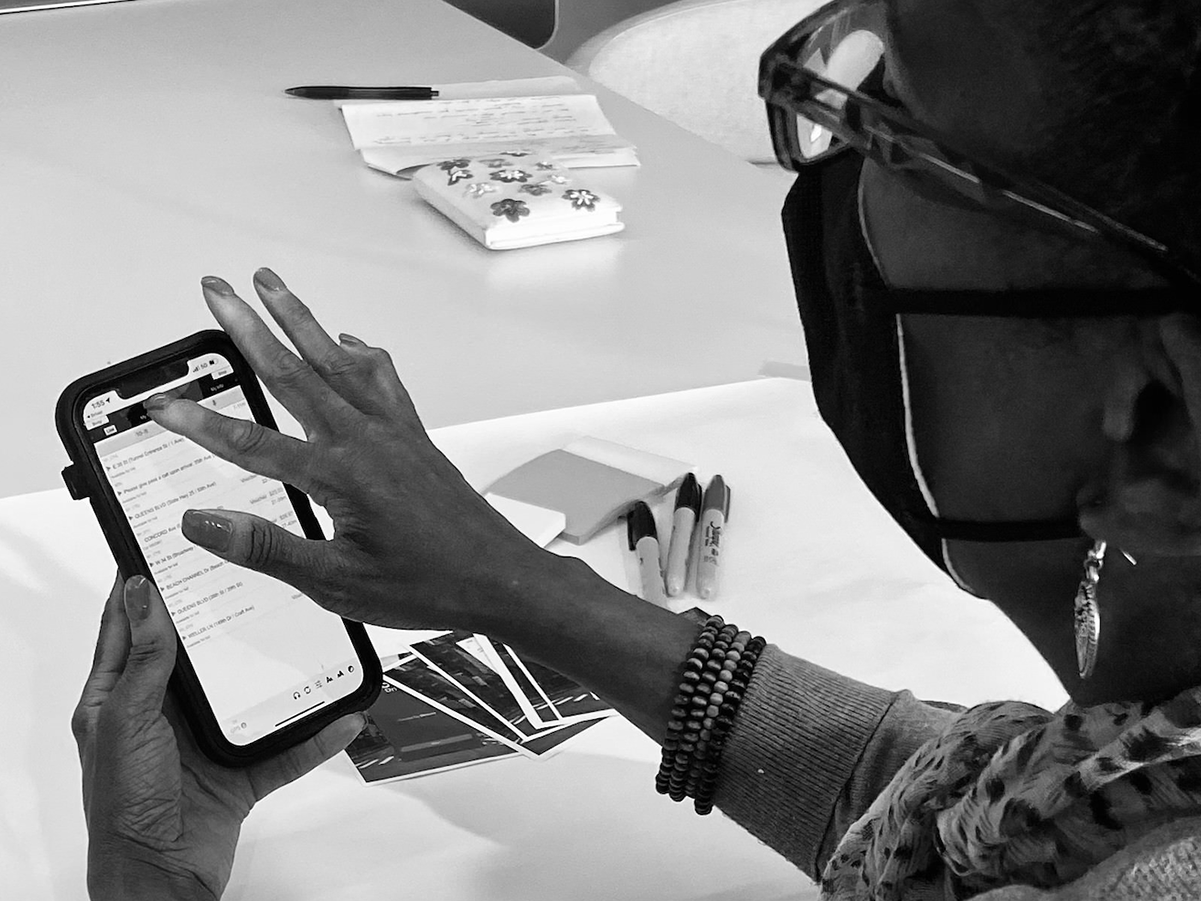
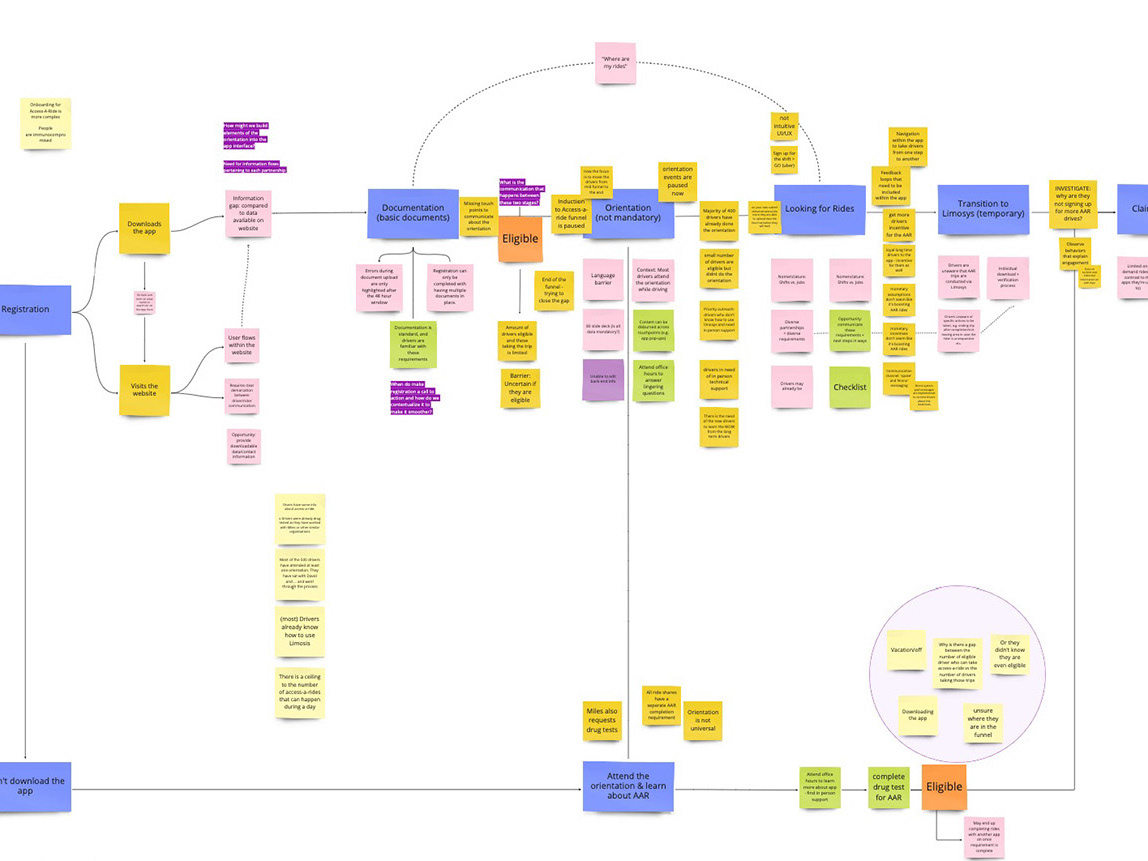
NYC Drivers Co-op
This project reimagined ride-sharing through the lens of a worker-owned cooperative. Grounded in ethnographic research and participatory co-design, the work focused on understanding drivers’ everyday realities especially, the tension between opaque algorithmic controls and their desire for agency, transparency, and stability.
Insights from the research guided the creation of a design strategy centred on fairness and shared ownership.
Keywords: Cooperative Economies, Participatory Ownership Models, Platform Cooperativism, Community Driven Design
Partner Organization: The Drivers Cooperative of NYC

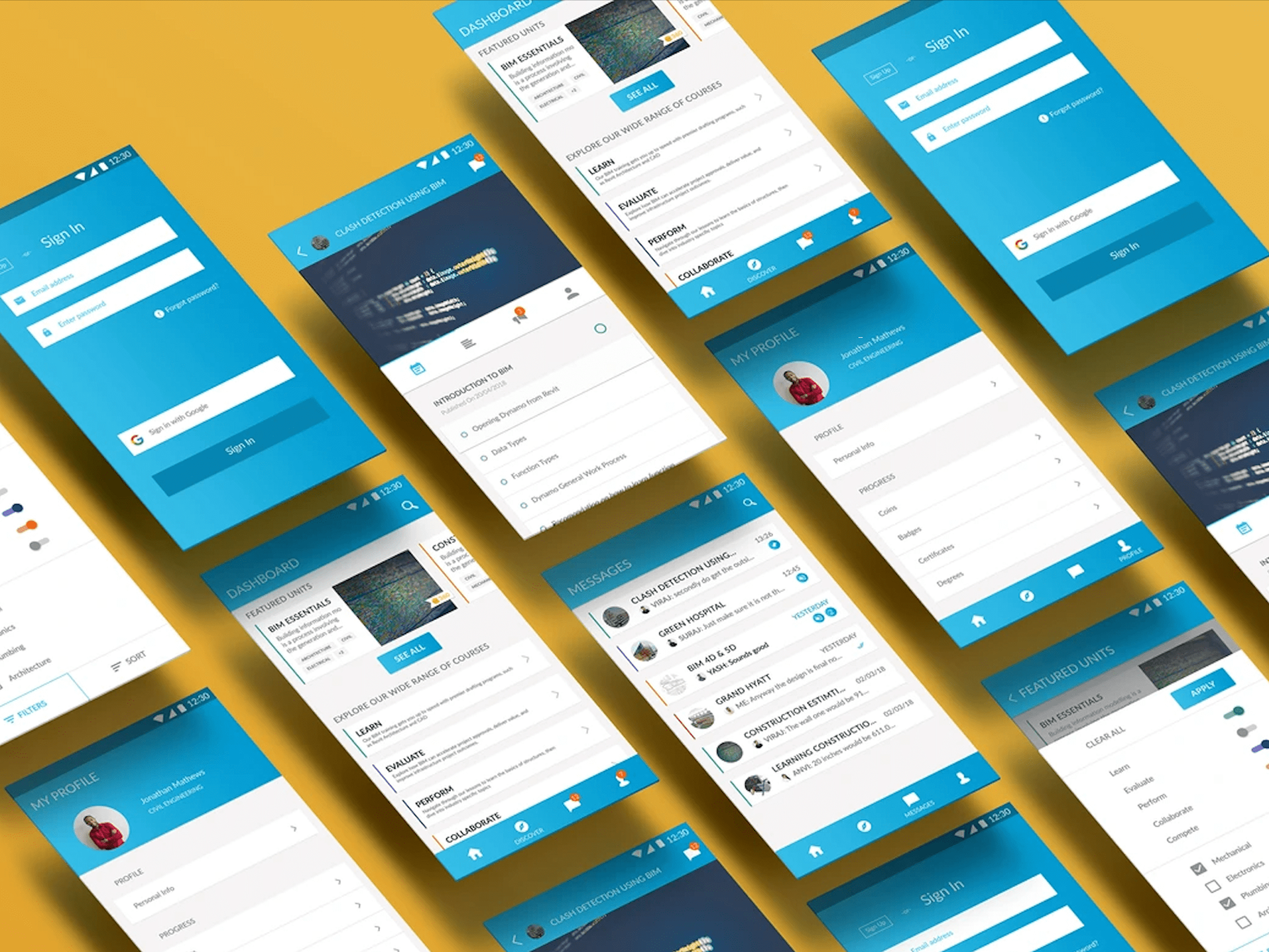
Experience Design for and E-Learning App
This e-learning app is a design research initiative created to support A-MEP (Architecture, Mechanical, Electrical, Plumbing) learners in acquiring practical BIM skills. Built through rapid iteration and informal inquiry, it responds to a shift from theory-heavy education to hands-on, digital learning. Designed in close collaboration with developers, the platform prioritizes ease of access, structured progression, and real-world relevance, empowering emerging professionals to upskill with confidence in a changing industry landscape.
Keywords: User Centred Design, Information Architecture, User Personas, User Journey, EdTech Development, UX for Learning

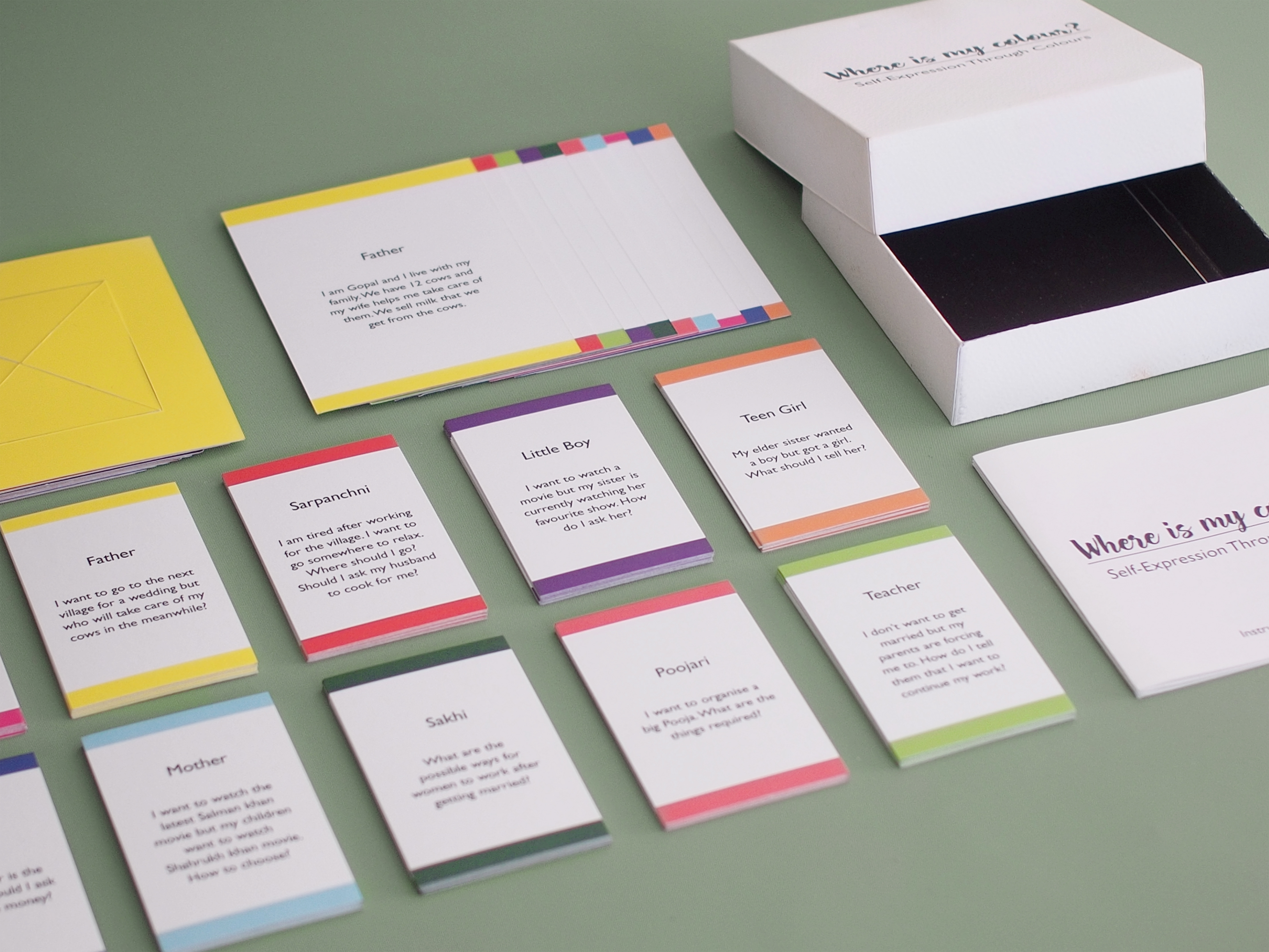
Where is My Colour? A Participatory Design Toolkit
“Where is My Colour?” is a participatory design toolkit co-created with IT for Change to nurture negotiation skills and agency among adolescent girls in rural Karnataka, India. Developed through immersive fieldwork and iterative prototyping, it reframes real-life dilemmas into playful, role-based scenarios that spark collaboration, self-expression, and critical thinking. Designed for low-tech environments, the toolkit supports girls in rehearsing resistance, navigating social pressures, and reflecting on personal choices within a safe, facilitated space. Modular, culturally grounded, and scalable, it offers a feminist, design-led pathway to everyday empowerment.
Keywords: Design for Agency, Ethnographic Research, Probing, Participatory Design, Co-Creation, Cultural Semantics, Community Engagement
Partner Organization: IT for Change, Prakriye Field Centre, Mysore, India
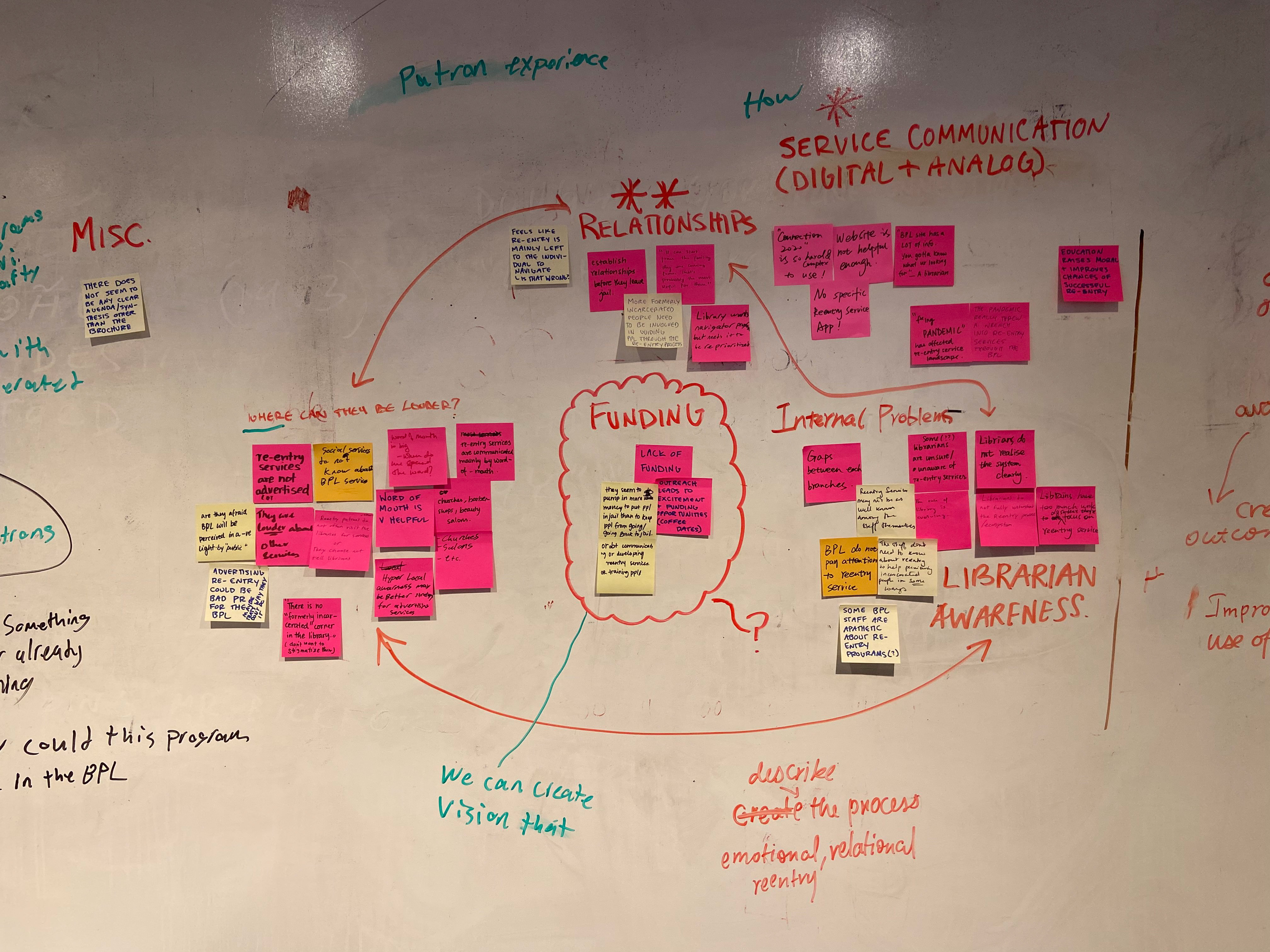
Civic Design Capsules
Two curated, systems-driven design justice, civic design projects that reimagine public institutions: libraries and postal networks as catalysts for trust, equity, and community-led impact.
Design Justice, Systems Thinking, Civic Innovation, Public Institutions, Impact-Driven


Care in Metaverse
Mosaic Care is a speculative design project created as part of the Project Studio course at Parsons School of Design. The project explores the question: What might the elderly miss out on in the metaverse of the future? Our goal was to provoke discussion around the inequalities that could arise as the metaverse evolves, particularly for aging populations in China, Korea, and India.
Keywords: Digital Empathy, Metaverse Ethics, Human Centred XR, Speculative Caregiving